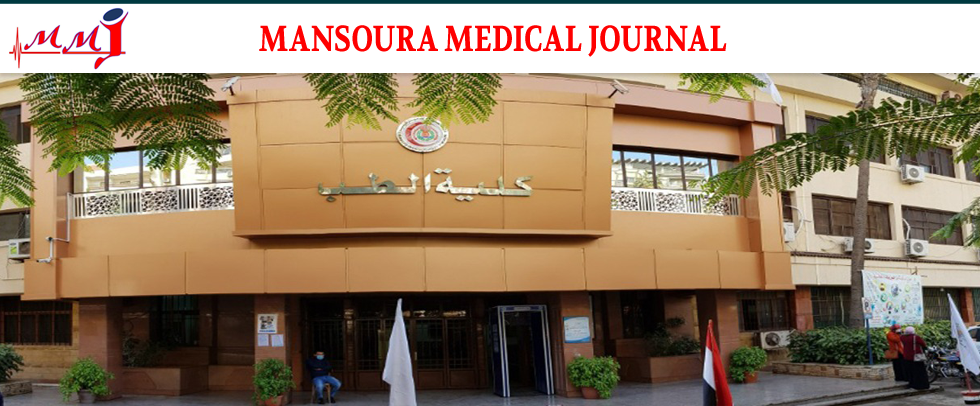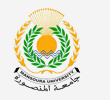Subject Area
Chest medicine
Article Type
Original Study
Abstract
Background: Community-acquired pneumonia (CAP) is a major cause of morbidity and mortality worldwide and the role of biomarkers in pneumonia has been evaluated in many clinical areas. Angiopoietin-1 and Angiopoietin -2 are glycoproteins that play role in vascular development, angiogenesis, and permeability. Aim: To conduct a trial for phenotyping and endotyping of pneumonia using Angiopoietins-1 and Angiopoietin -2. Subjects and methods: This case-control study included 30 cases and 29 controls of matched age and sex. to investigate Angiopioetin-1 & -2 serum levels in both groups and then evaluated the possible association between serum Angiopoietin -1&-2 in different pneumonia phenotypes. Results: As regards cases, there were higher proportion of children aged from 3months-5 years diagnosed with typical CAP. Patient had a higher level of Angiopoietin-1\-2 than controls. There were high median levels of Angiopioetin-2 in cases with respiratory distress, and typical CAP cases had higher prevalence of wet cough. However, atypical CAP cases had a higher prevalence of wheezes. Children with typical CAP had a higher prevalence of complications while almost all atypical CAP cases hadn’t complications. Cases complicated with septicemia showed high levels of Ang-1 & Ang-2. In radiology, typical CAP cases had higher prevalence of para-pneumonic effusion, however, atypical CAP cases had higher prevalence of interstitial pneumonia. Conclusion: Typical CAP is more prevalent among young children and causes severe clinical characteristics, complication and radiological finding compared with atypical. Our results suggest that increased serum level of Ang-1 & Ang-2 goes with severe clinical presentation and with severe complications.
Recommended Citation
Zedan, Magdy Mohamed; Abusamra, Nashwa; Osman, Engy; and Eldersy, Rania mohammed emad eldin
(2025)
"Could Angiopioetin-1 & Angiopioetin-2 be considered a predictor for community acquired pneumonia severity and phenotypes,"
Mansoura Medical Journal: Vol. 54
:
Iss.
4
, Article 7.
Available at:
https://doi.org/10.58775/2735-3990.1466
Creative Commons License

This work is licensed under a Creative Commons Attribution 4.0 International License.



